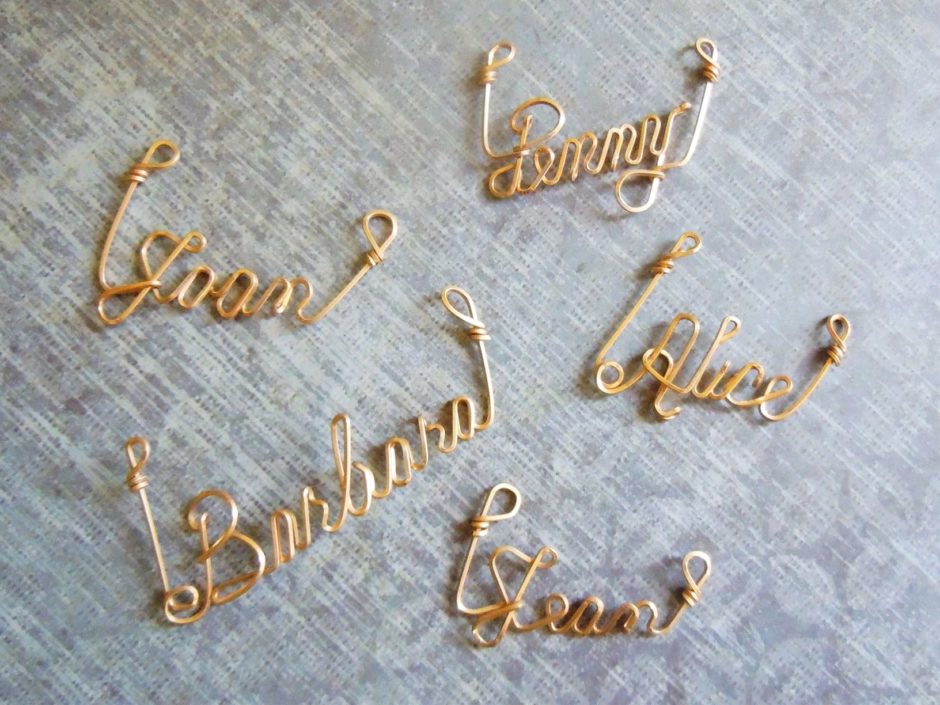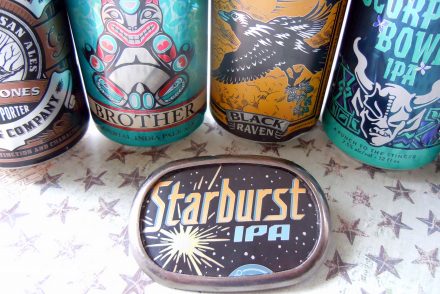I’m sorting (mostly tossing) a bin of papers that “I might need some day” and ran across these notes written at least 10 years ago by Rings & Things founder, Russ Nobbs. It’s a nice summary of wire-related jewelry terms that can be confusing. So I’m archiving it here on the interwebs before recycling the piece of paper.
Hardness is the “temper” of the wire, or how springy it is:
- Dead Soft is as soft and bendable as the wire can get.
- Full Hard is as stiff and springy as the wire can get.
- Half Hard is … halfway in between.
Sterling wire is inherently softer than Gold Filled (GF) wire.
Steel wire ( such as 316L and memory wire) is inherently harder than most other jewelry wire.
Wire temper can be changed by heating and controlled cooling, or by bending, pounding, stretching, drawing or otherwise work-hardening it.
Heating wire, to approximately the soldering point (with a torch or in a kiln), and allowing it to cool in air, will remove all temper – making it dead soft. This “softening” process is often called annealing. (Editor’s note: Heating up to a light glow works for most jewelry metals, such as copper, brass and sterling, but has a reverse effect on some, so research your metal before blithely annealing.)
Soft wire is used for making loops around small beads, and for general silversmithing. Half hard wire is used for wire wrapping and wire names, where you want sharp bends to keep their shape. It is harder to use, requiring better tools and more hand strength. We sell much more dead soft wire, than half hard. We do not usually carry full hard wire. Most people find full hard too hard to use for wire wrapping. (Wire name artists are an exception.)
Brass wire and copper wire are often used to “practice” wire wrapping techniques, as copper and brass wire are usually about $4 – $10 per 4-ounce spool, sterling silver wire usually runs $30 – 40 per ounce, and Gold-Fill wire is even higher.
Later on, I’ll take some pictures of the gold wire names that Russ made in the 60’s and 70’s, and post them here. I believe he mostly used half-hard square 14kt GF wire. In the meantime, here’s a link to our wire gauge chart, and some info about the uses of various wire gauges.
We have more info on our site about metals in general: definitions of various basemetals (copper, red brass, 8 types of steel commonly used in jewelry), common platings, types of silver (sterling silver, Argentium sterling silver, fine silver, silver fill), the difference between gold plate and gold fill, et cetera.
~Polly
Rings & Things
www.rings-things.com





No Comments